Plastering is a universal way to finish outdoor and inland walls. We will help determine which of the cement or plaster solutions is better suitable for a certain type of work.
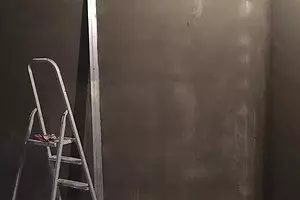
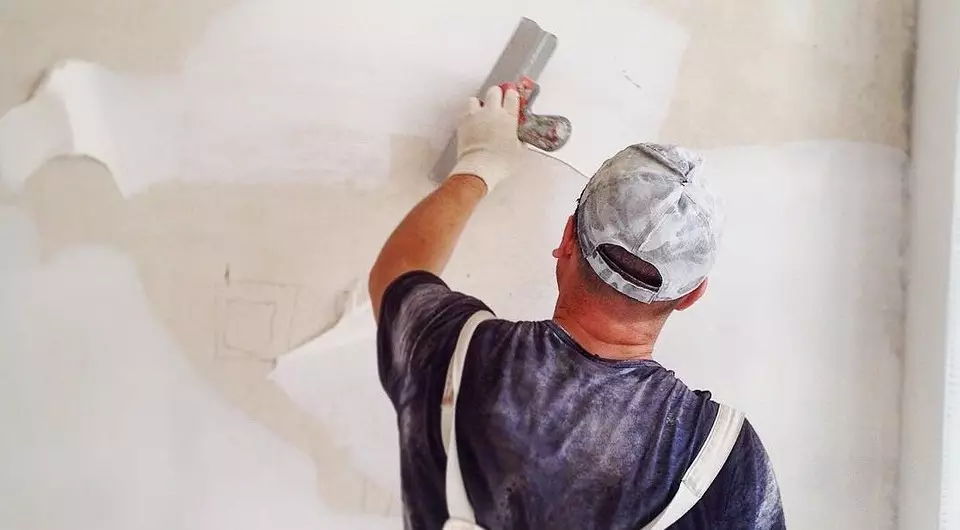
Practice shows that gypsum or cement plaster is most often selected for wall decorations. In some ways, these materials are similar, but there are significant differences. Therefore, they have a different application. We will get acquainted with each of the varieties and define what kind of work each of them is intended.
Pros and cons of cement solutions
The main ingredient of the mixture is cement. Sand and plasticizers are necessarily added to it. The latter give the composition of certain properties, therefore, various substances can be used. Most often it is plaster, limestone or combinations thereof in various proportions. Depending on the filler, the characteristics of the plaster can vary slightly. The total advantages of all cement mixtures are considered:
- Universality. Can be used for both exterior and internal works.
- High strength. The dried facing is quite difficult to damage.
- Durability. The finish serves decades without changing their characteristics.
- Moisture resistance. The coating does not absorb moisture, during wetting does not change properties.
- The plasticity of the solution is preserved for a long time. This makes it possible to mix a large amount of mass and gradually spend it.
- Low cost.
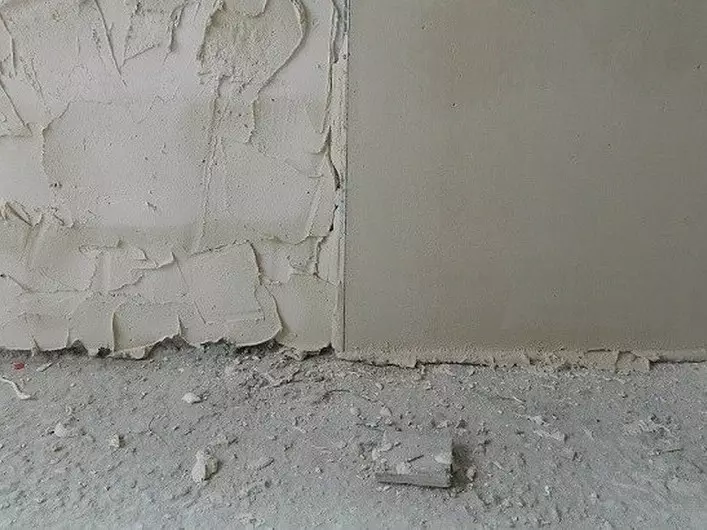
However, the mixtures are not perfect, they have shortcomings. The most significant is the cracking of the finishing layer or the appearance of irregularities in the process of drying. Than in more natural conditions, the cladding will dry, the less defects appear on it. For this reason, it is not recommended to use heat guns, hairdo, and the like equipment that accelerates the process of drying the layer, which lasts about 14 days.
Long time for solving the solution significantly slows down the finish process. The last stage in its implementation is obligatory becomes the application of the finishing putty, which will close all the shortcomings of the foundation. Of the minuses it is worth noting bad adhesion with some types of bases, such as ceramics, paint, wood. This requires additional processing in the form of abrasive notes, reinforcing grid, etc.
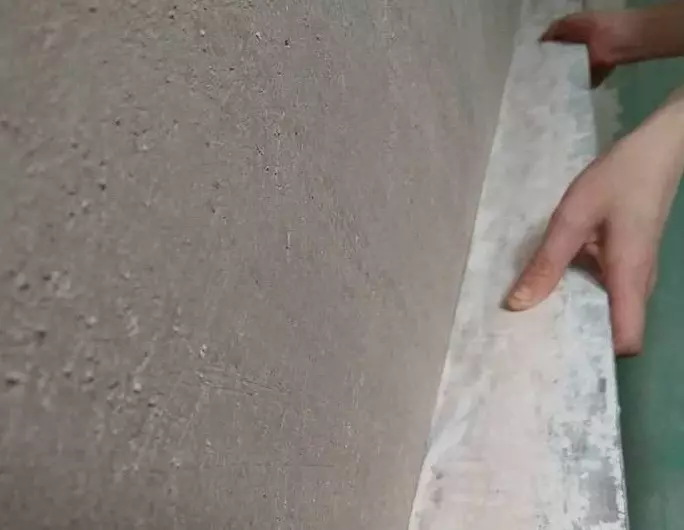
Advantages and disadvantages of plaster facing
The basis for this type of compositions is gypsum. It is obtained from a natural mineral, which is crushed after a long heat treatment. The quality of its grinding depends on the quality of the surface being processed. The larger the fraction, the big irregularities he can close. In addition, the material contains natural and synthetic fillers. They improve plasticity, increase adhesion, etc.
The total advantages of gypsum solutions are considered:
- Plastic. Easily applied, alignment and smoothed. After drying, it is not cracking.
- Good leveling ability. After applying the mixture, the surface is ready for the finishing finish.
- The ability to bring to a thick layer to 60 mm.
- A small consumption rate subject to accurate observance of application technology.
- High speed of hardening. On average, the full set of strength at the mixture goes no more than a week. Finishing work can be continued after a day.
- Good adhesion to any surfaces.
- Parry permeability. The surface does not lose the ability to "breathe".
- Small weight. Additional strengthening of walls or partitions is not required.
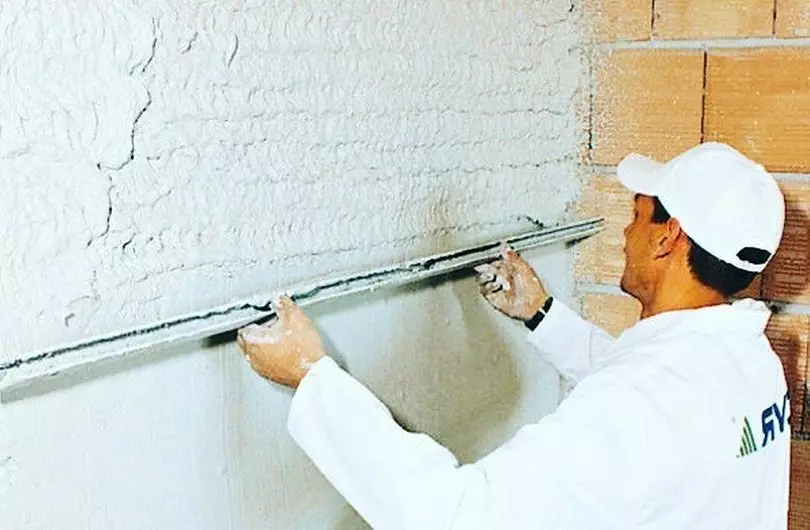
From significant disadvantages of mixtures you need to remember a small strength. A strong blow can cause damage to the coating. Gypsum is afraid of moisture. It absorbs water and destroys, so it cannot be used in rooms with constantly high humidity or on the street. Due to the high speed of drying, the solution quickly solidifies, for this reason it is prepared in small batches. The cost of such a cladding is quite high.
Soundproofing properties of cement and gypsum plasters
The ability of materials to absorb noise interests many users. They would like to finish and get not only a smooth wall, but also effective protection against "loud" neighbors. If you use standard gypsum or cement Solutions , then good noise insulation they will not give. True, the first option has a little better insulating characteristics compared to the second.
The best choice in this case is special soundproofing materials. They are made on the basis of cement or gypsum. Their composition includes a special filler, which gives the finish of some looseness and porosity. This allows it to absorb the sound well. The layer of the composition can be covered with plasterboard or apply the final finish directly to it. When compliance with the laying technology, such mixtures are very effective.
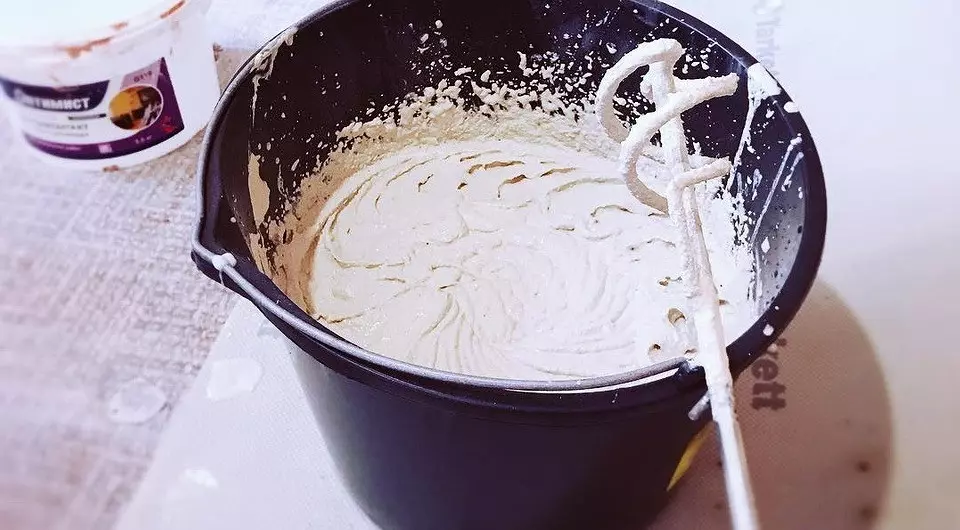
Comparison of gypsum and cement plaster: what to choose
When choosing a material, only the characteristics that give the manufacturer usually take into account. But this is not enough. It is necessary to take into account the laboriousness of the installation, the need to use additional materials and the other. Only so you can identify differences and determine which cladding is better suitable for certain conditions.
Let's draw an approximate comparison. The scope of solutions is different. Cement can be used for internal and external work of all types for facing facades, filling seams, etc. Gypsum is applied only in dry ventilated rooms. With it, walls and ceilings are aligned. For outdoor works, it is not suitable. In premises with a large humidity, the material is used with caution and only under the condition of the arrangement of additional waterproofing.
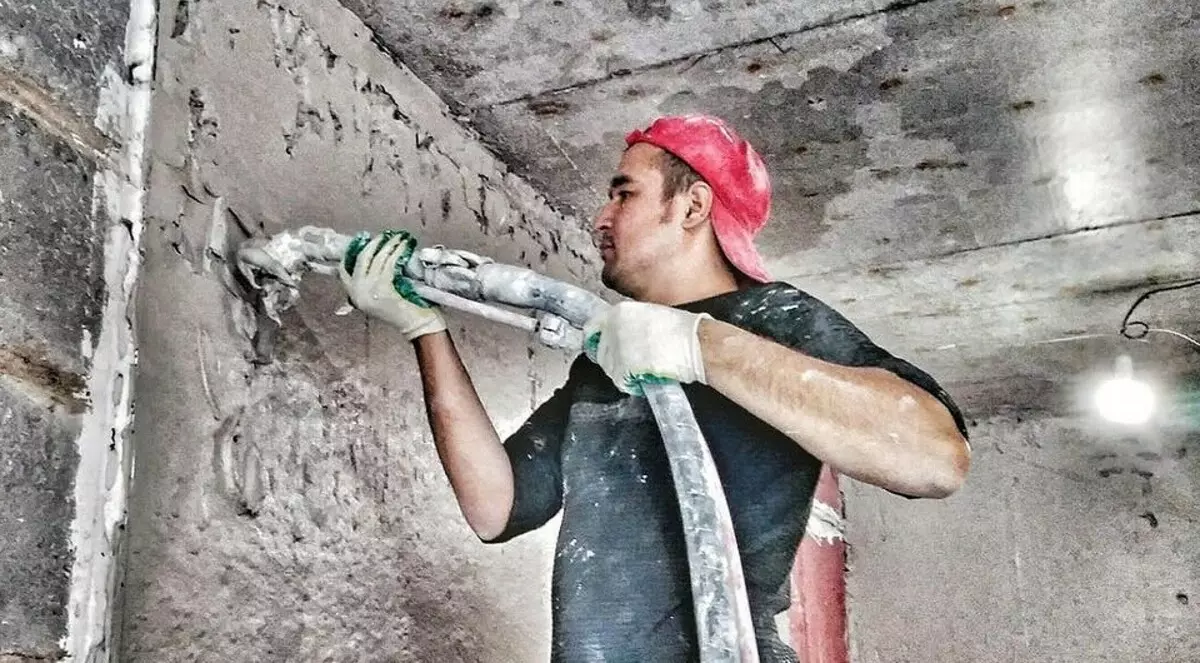
The laboriousness of the installation is also different. The easiest way to lay plaster-based plasters. They are plastic, easily applied, adhering well to any base, quickly dry. The latter is both the problem, because it is necessary to stucify enough quickly. Otherwise, the divorced material will dry and become unsuitable for laying.
Formulations with cement, on the contrary, dry long. The solution can be prepared in large quantities, at least two hours they can work. This makes it possible to separate significant areas for one approach. The laboriousness of work is significantly increased due to lower plasticity and the need to carry out additional work to improve the adhesion of the base.
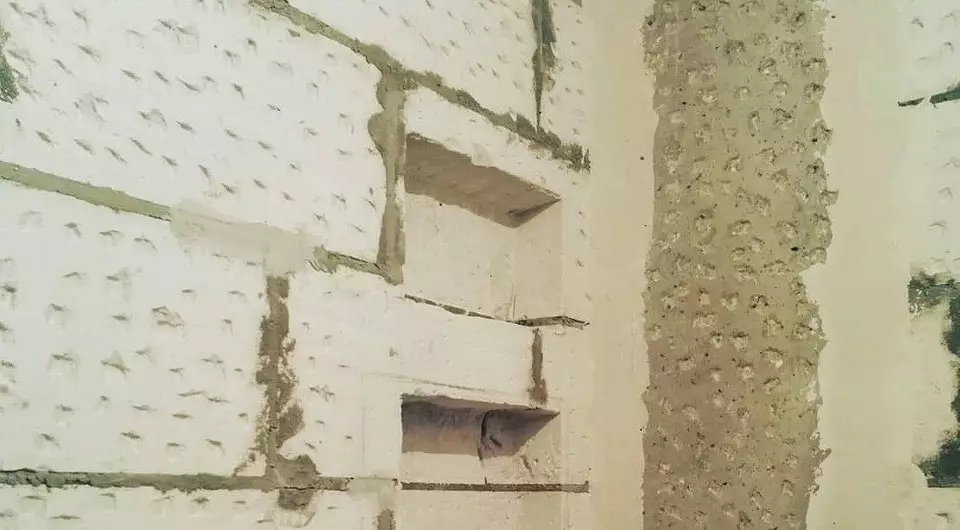
Thus, it is possible to determine the main difference between gypsum plaster from cement. It lies in the impossibility of using the first for all types of external work. Therefore, if you need to make a facade, other options, except for the cement-based mixture, no. When finished inside the house, you can apply both types and even combine them.
Rules of combination of plaster and cement
To obtain a good result, solutions are often combined. The best option is to remove the walls with cement composition, and then finally separate the gypsum. It is imperative to give the first layer to dry well, after which it is to cover it with a suitable primer and dry out again. Only it will be possible to get a high-quality clutch of two layers.
Trying to do on the contrary, that is, apply cement on top of the plaster, it is not worth it. This will not give the desired result, since severe cladding simply destroys the continuing gypsum layer. He turns fast enough. It is possible to combine the properties of both materials in one. These are special combined compositions. They can be chosen to apply in any room moisture.
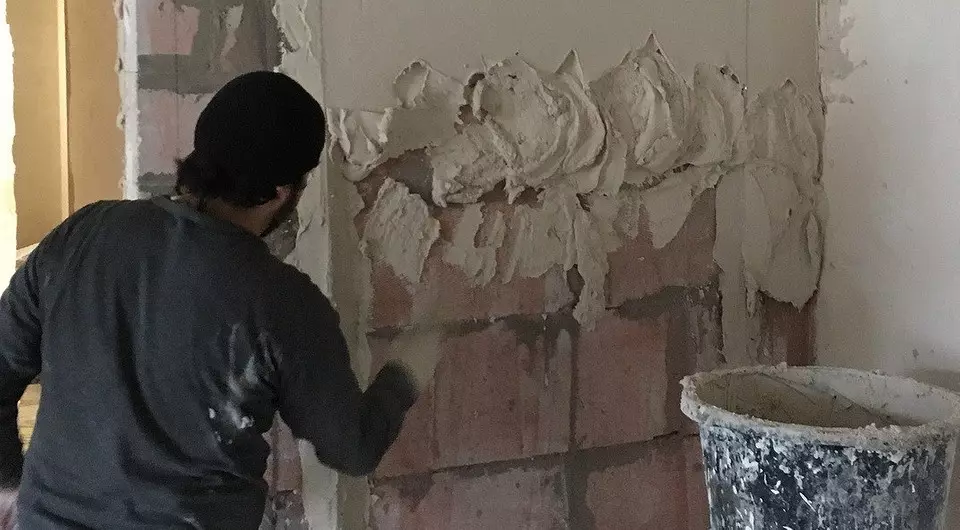
We defined what the plaster plaster differs from cement. The choice of the best option remains for the user. He must make it taking into account the conditions in which the mixture will be operated, the desired result and its financial capabilities.

